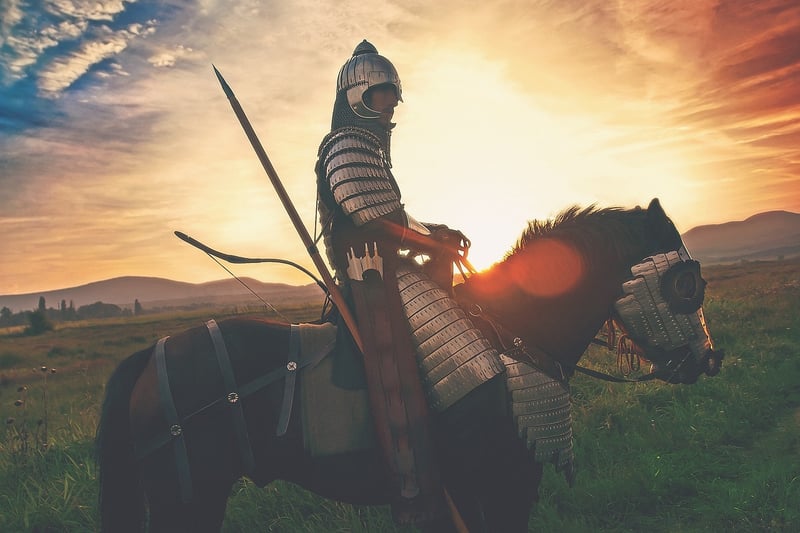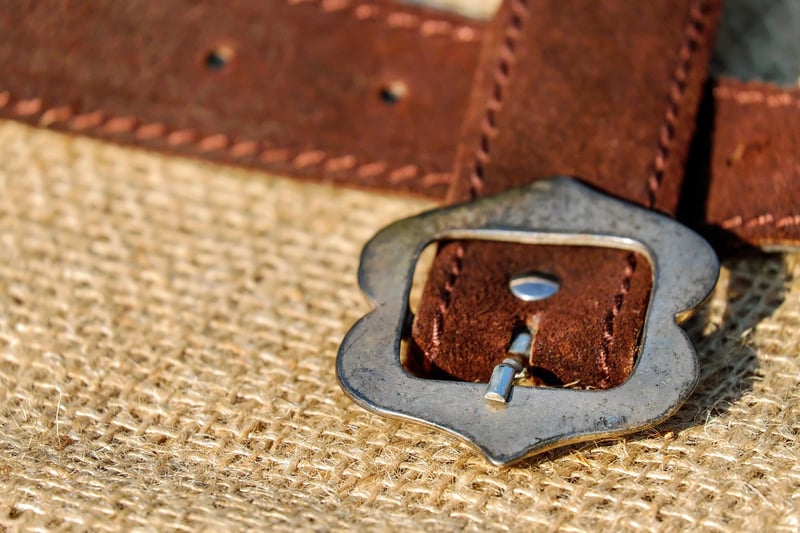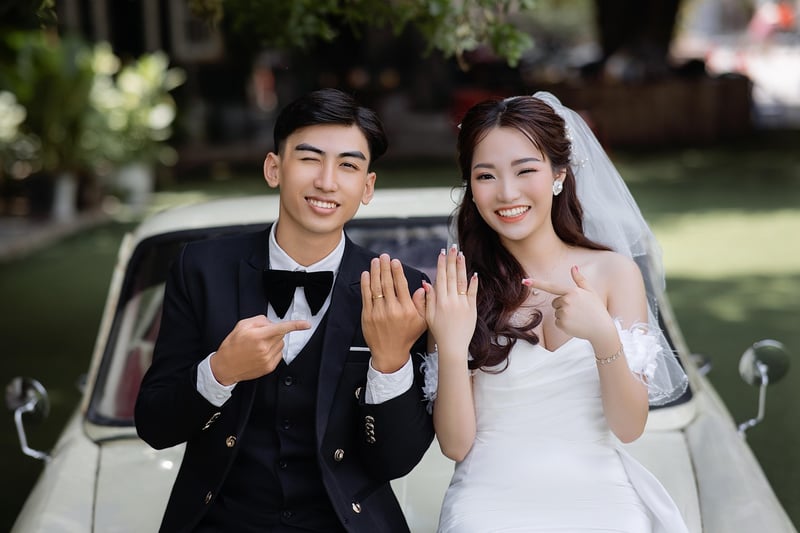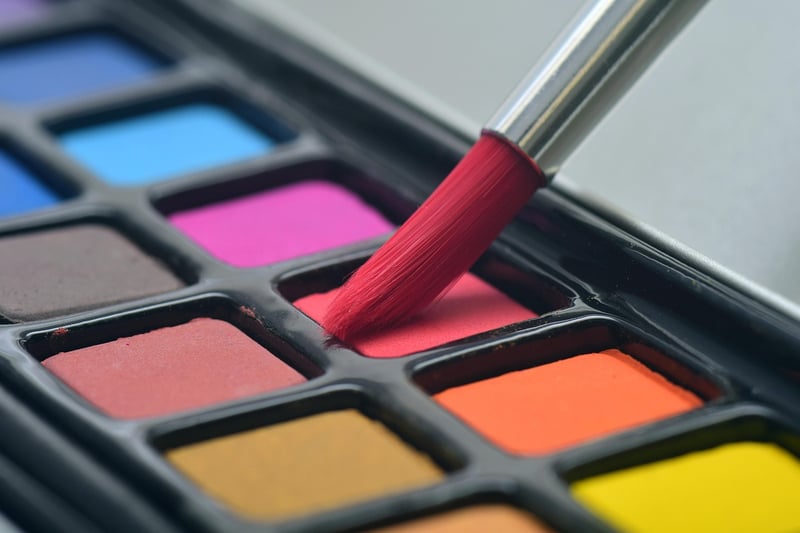Medieval Attire Selection
Dress for Different Time Periods: A Guide to Medieval Attire Selection
Exploring historical fashion can be a fascinating journey, and one of the most intriguing eras to delve into is medieval times. From the luxurious gowns of noblewomen to the sturdy armor of knights, medieval attire offers a diverse range of styles that continue to inspire fashion designers today. Whether you're attending a themed event or simply want to add a touch of medieval flair to your wardrobe, understanding the key elements of medieval fashion is essential. Let's explore how you can dress for different time periods within the medieval era.
1. Early Medieval (5th to 10th Century)
In the early medieval period, clothing was primarily functional and simple. Tunics, cloaks, and simple dresses were common attire for both men and women. Fabrics were often dyed in earthy tones such as browns, greens, and blues. Accessories like belts and brooches were used to add a touch of decoration to plain garments.

2. High Medieval (11th to 13th Century)
During the high medieval period, clothing became more elaborate, especially for the nobility. Women's dresses featured fitted bodices and flowing skirts, often accompanied by elaborate headwear. Men wore tunics with decorative embroidery and fitted hose. Rich fabrics like silk and velvet were reserved for the upper class.

3. Late Medieval (14th to 15th Century)
The late medieval period saw the rise of extravagant fashion, particularly in the courts of Europe. Women's dresses became more fitted and featured intricate lacing and embellishments. Men's clothing included doublets, hose, and elaborate hats. Bright colors and luxurious fabrics like brocade were in vogue.

Choosing Your Medieval Attire
When selecting medieval attire for a costume party or event, consider the specific time period you want to represent. Pay attention to details like silhouettes, fabrics, and accessories to accurately capture the spirit of the era. You can also mix and match elements from different medieval periods to create a unique look that blends historical accuracy with personal style.
Whether you prefer the simplicity of early medieval garb or the opulence of late medieval fashion, embracing medieval attire allows you to step into the rich tapestry of history and express your individuality through timeless style.
Explore more medieval attire inspiration here.
